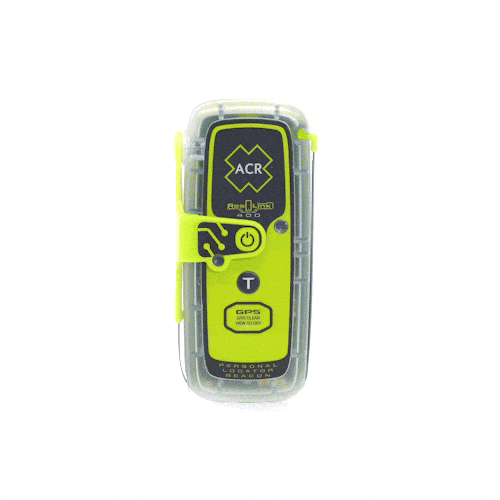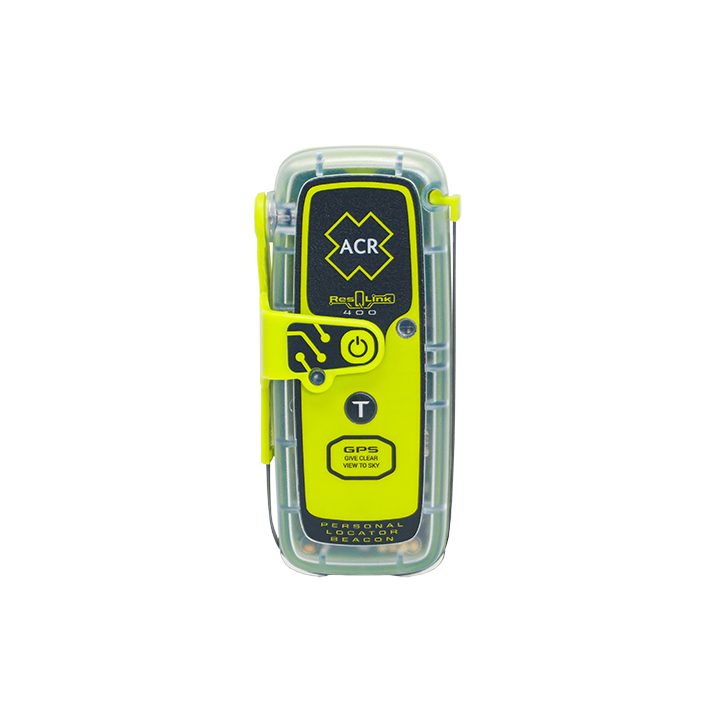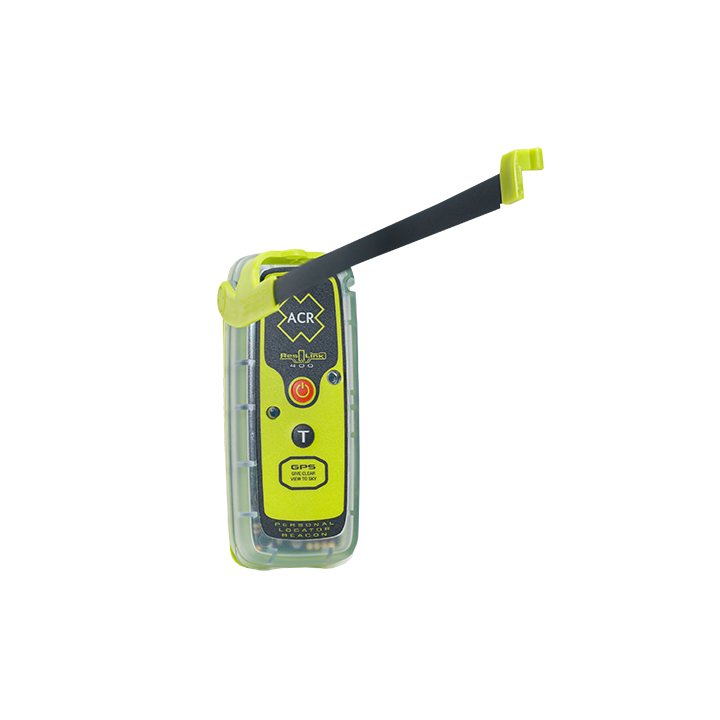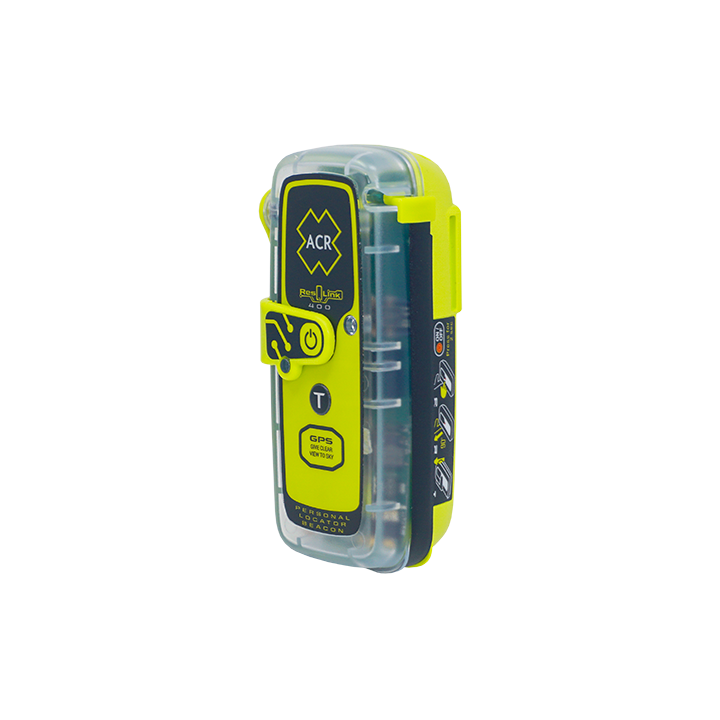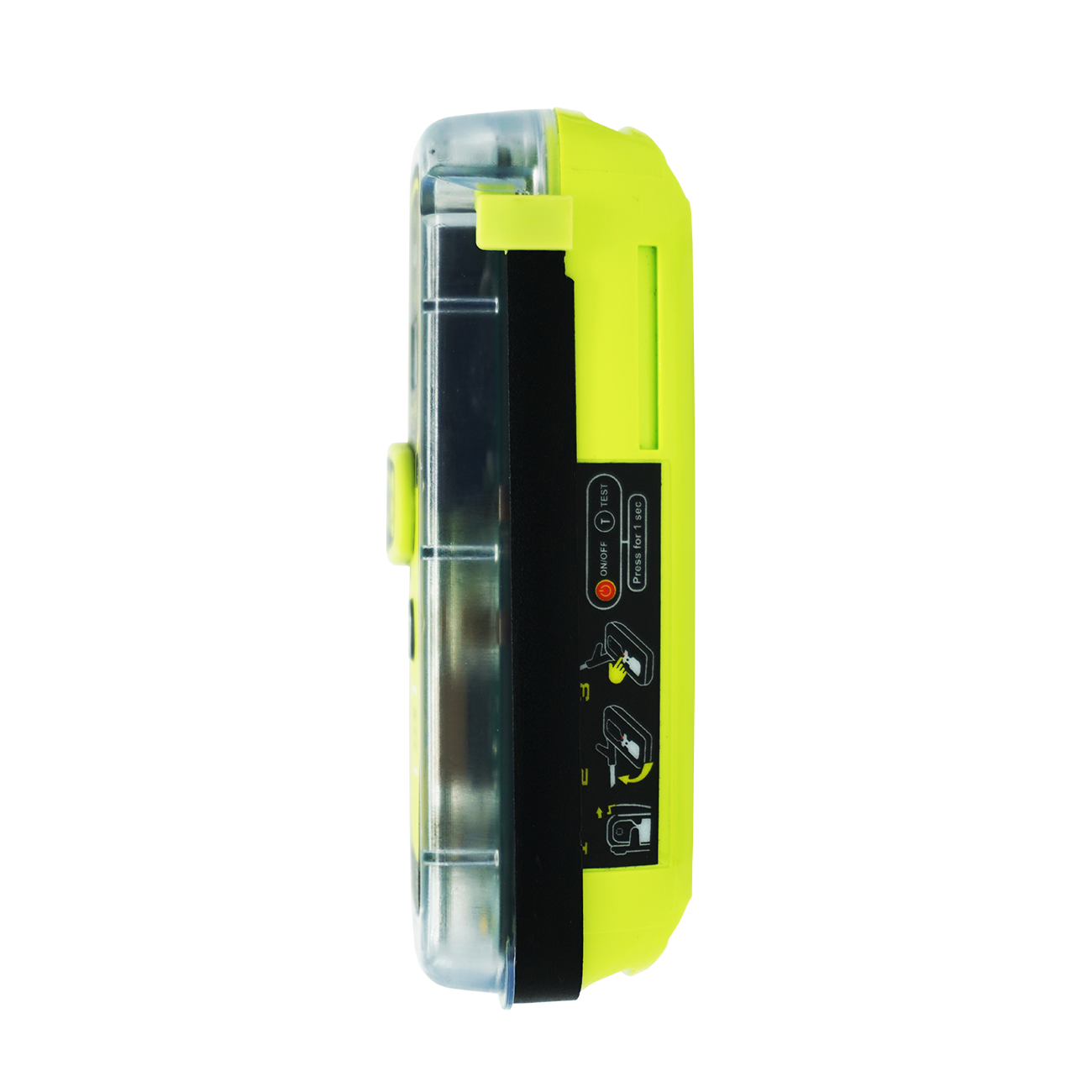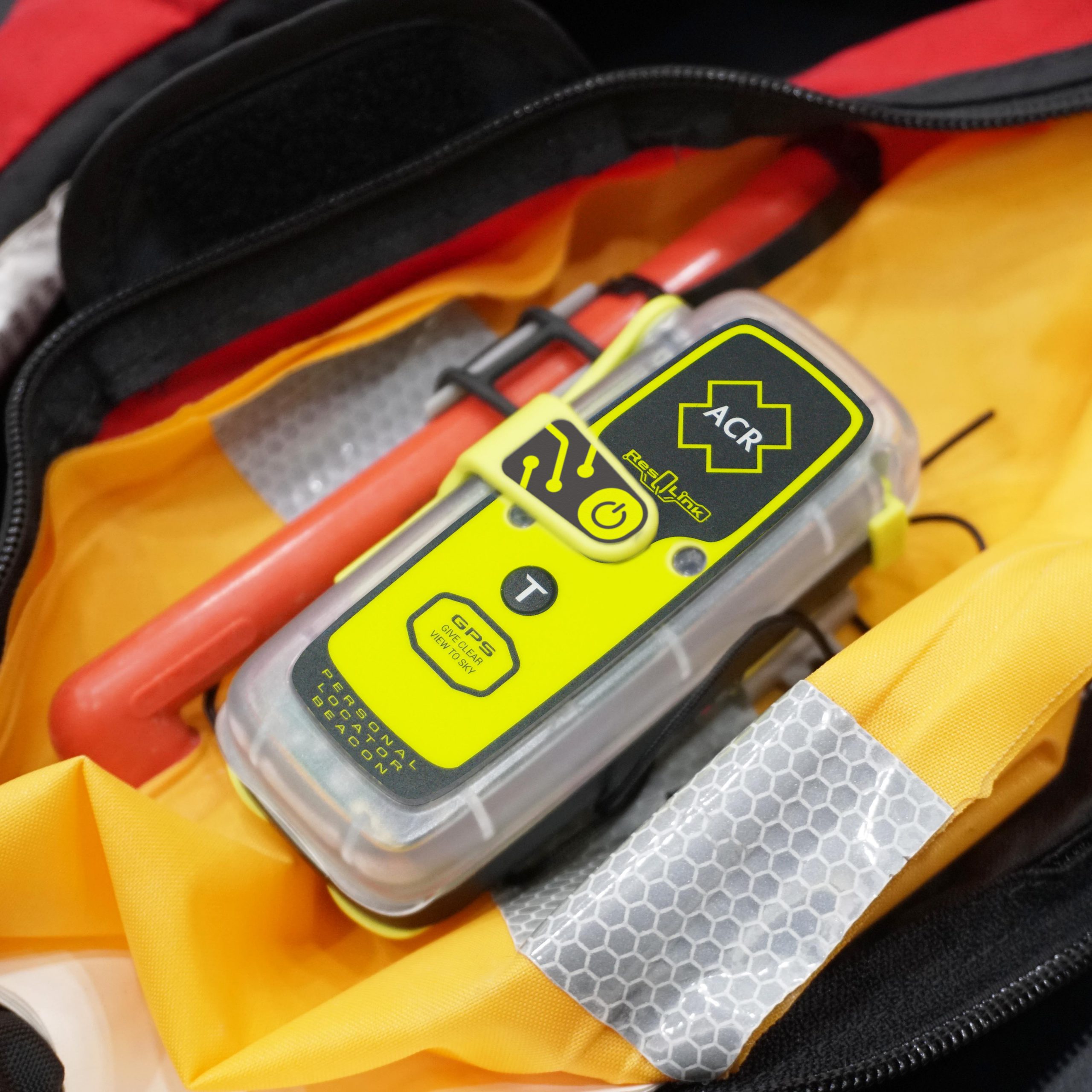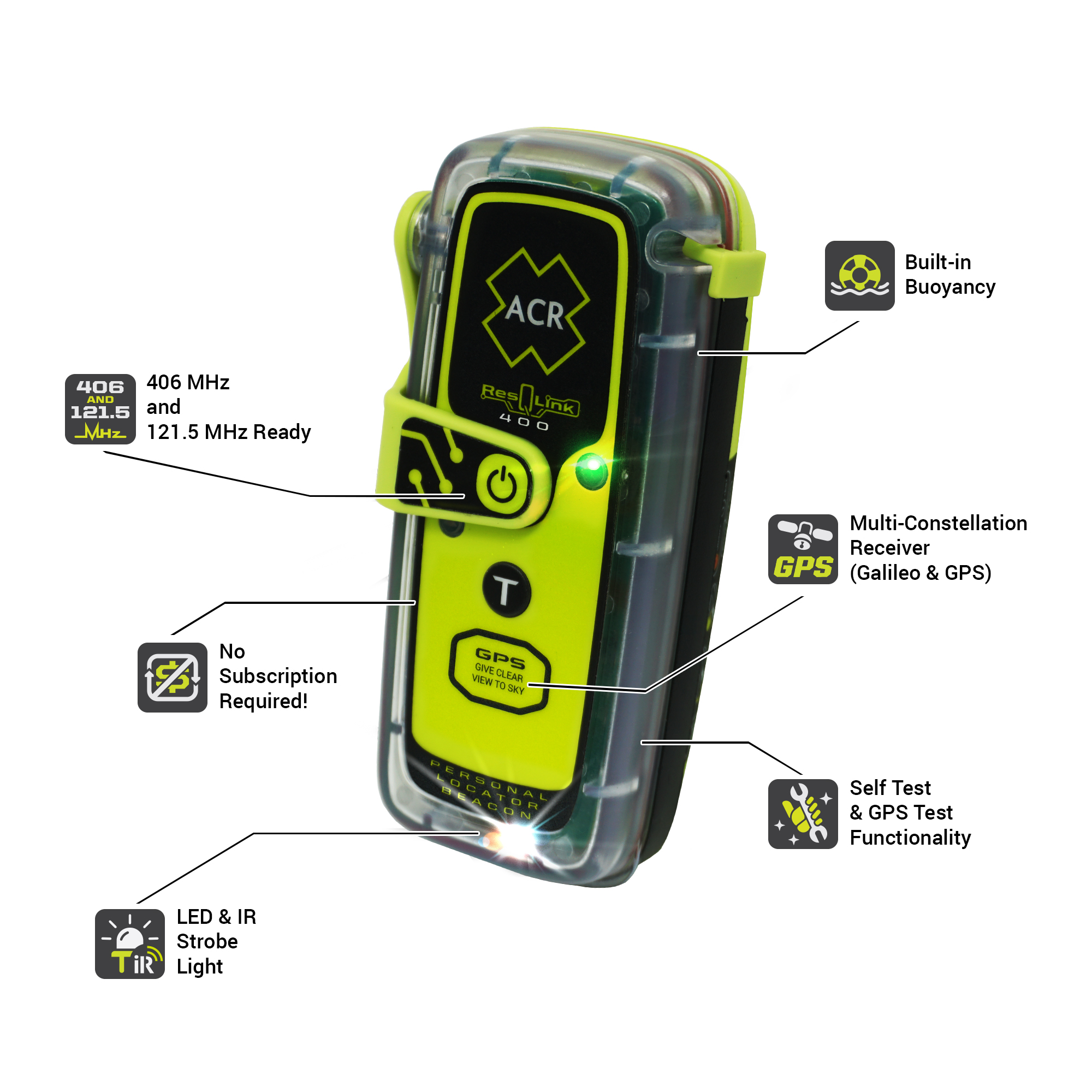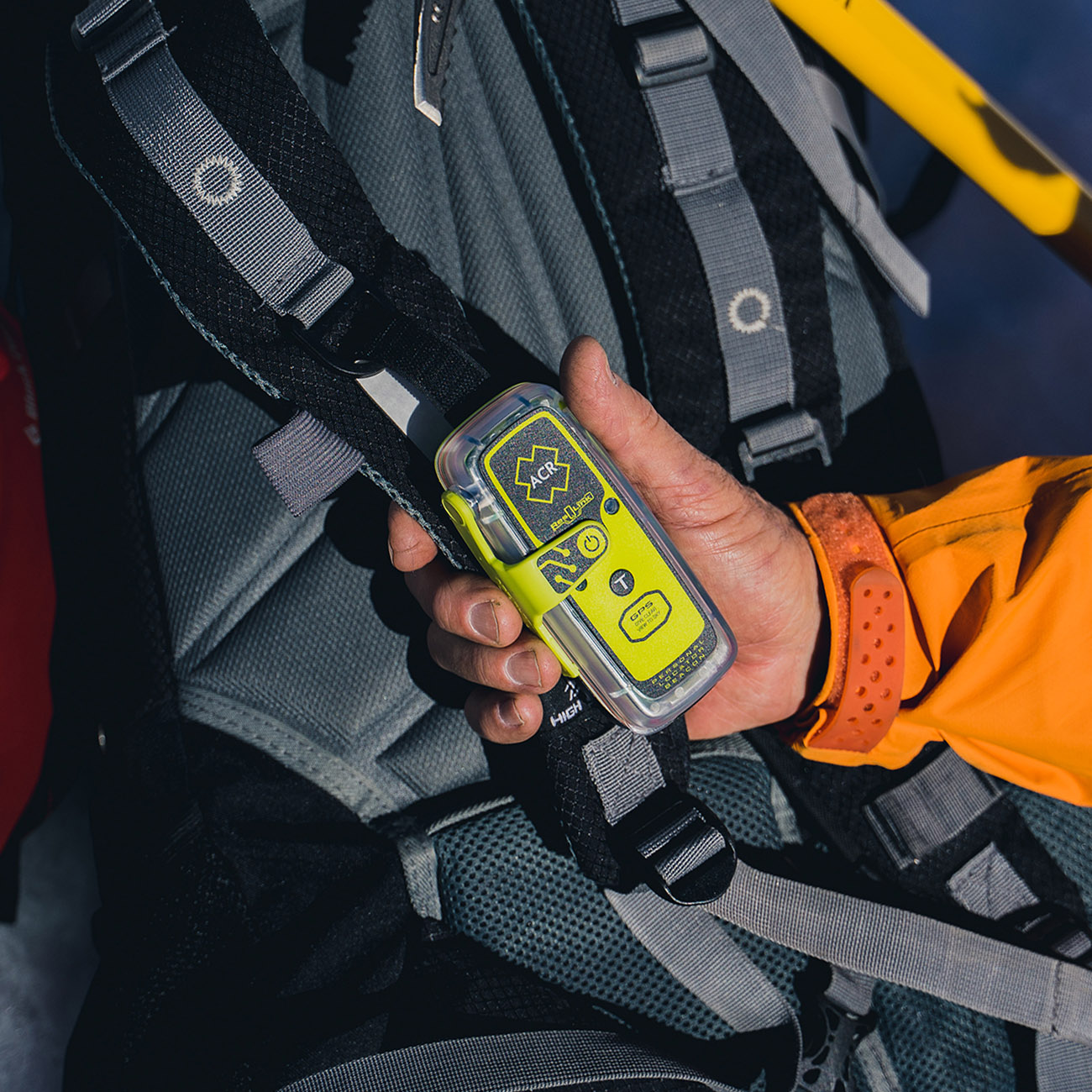
Lives saved
2

Hiking

Forest

Medical emergency
Challenging Terrain
Storm Approaches as Stranded Hikers Activate Emergency Beacon in New Zealand’s Tararua Forest Park
-40.7651615°S, 175.4555483°E
Posted on August 13, 2024 by Patrick
What happened?
My friend and I were on day two of a challenging three-day hike in New Zealand’s Tararua Forest Park.
As we neared the end of the day, we began our descent from Arete Hut down the steep and slippery Pinnacle Spur towards Arete Forks Hut in the valley, where we planned to spend the night.
About halfway down the spur, my foot slipped on some mud, causing my other leg to bear all my weight unexpectedly. My knee gave way, resulting in pain, but I wasn’t completely immobile. After a 10-minute rest, we continued, albeit at a slower pace.
However, near the bottom of the spur, my knee gave way again, this time with intense pain, making it difficult to move. Fortunately, we had already navigated the steepest section and were close to the hut. With my friend taking on a lot of my pack weight, we managed to reach the hut before nightfall.
Once there, we discussed our options.
We had one more day of good weather before a storm front was expected to move in, and we were aware of the significant distance and elevation we would need to cover to reach safety the next day. Arete Forks Hut is one of the more inaccessible huts in the forest park, with the only exit options being a steep, undulating sidle track through dense bush or a long section of gorgey river travel—neither of which seemed advisable given my injury. We only had enough food for one more day and no cell reception to communicate our situation with our emergency contact or emergency services.
After considering our options, we decided that activating our ResQLink 400 PLB was the right decision, though we chose to wait until morning to avoid a difficult nighttime extraction.
At dawn, we activated our PLB, placed it in a suitable clearing near the hut, packed up, and waited for rescue. No more than an hour later, we were relieved to hear and see the wonderful sight of a helicopter circling overhead. A team of three professionals arrived, conducted a medical assessment, and then loaded me, my friend, and our gear onto the chopper, safely returning us to civilization.
Words of wisdom
Take a PLB. Light, cheap, and life-saving
Thank you note
Thanks ACR for your great device. Can confirm it certainly works
Rescue location
Wellington 5581, New Zealand
Rescue team
Local Search and Rescue
ResQLink™ 400
Go to product details$379.95 – $419.95
Small but resilient, the ResQLink 400 has been professionally engineered and tested to ensure it can withstand even the harshest elements. This buoyant Personal Locator Beacon requires no subscription for use and can be utilized to enhance your safety in a wide variety of environments. Whether on land, at sea, or in the air, trust that the ResQLink’s satellite precision and military durability, put rescue in the palm of your hands.
Features and Benefits:
- No Subscription Required
- GPS and Galileo GNSS
- Built-In Buoyancy
- Strobe and Infrared Strobe
- Global Coverage
- MEOSAR Compatible
- Small and lightweight
- 5-year battery life
- 24+ hours Operational Life**
- Multi-function Clip System Included
